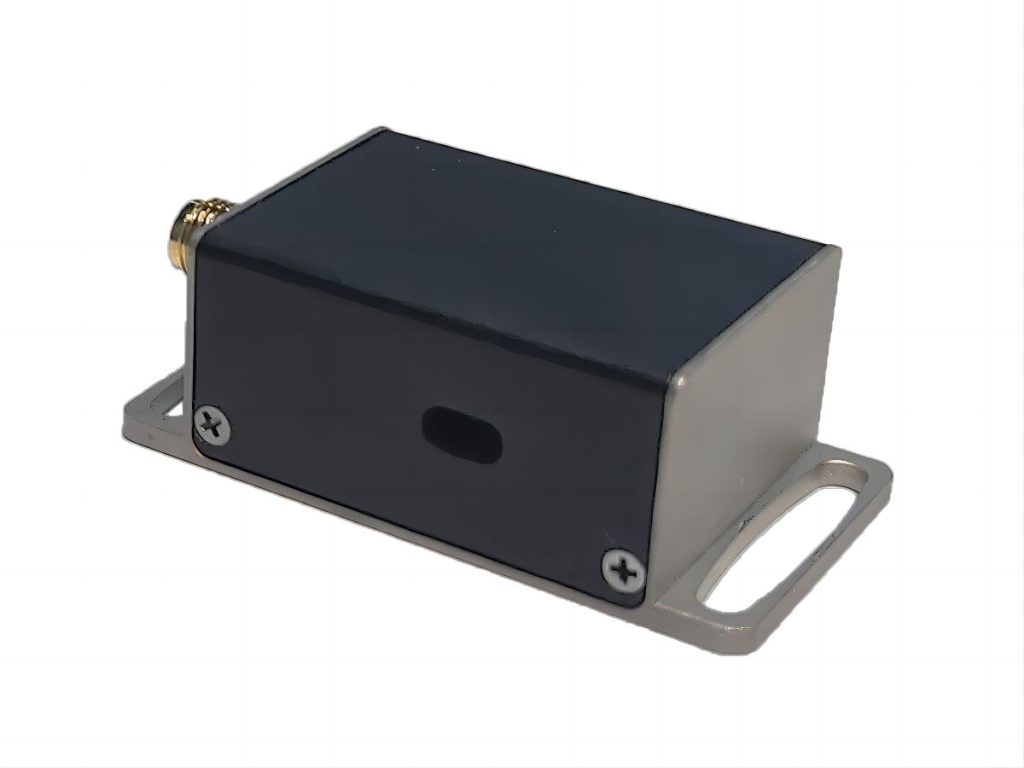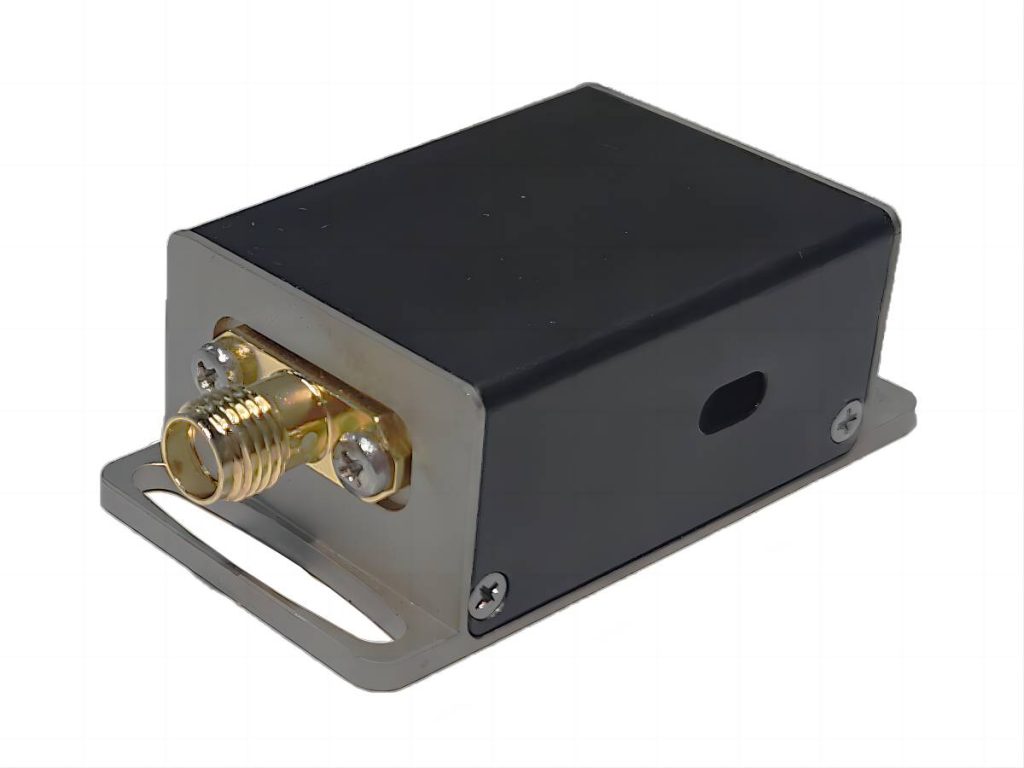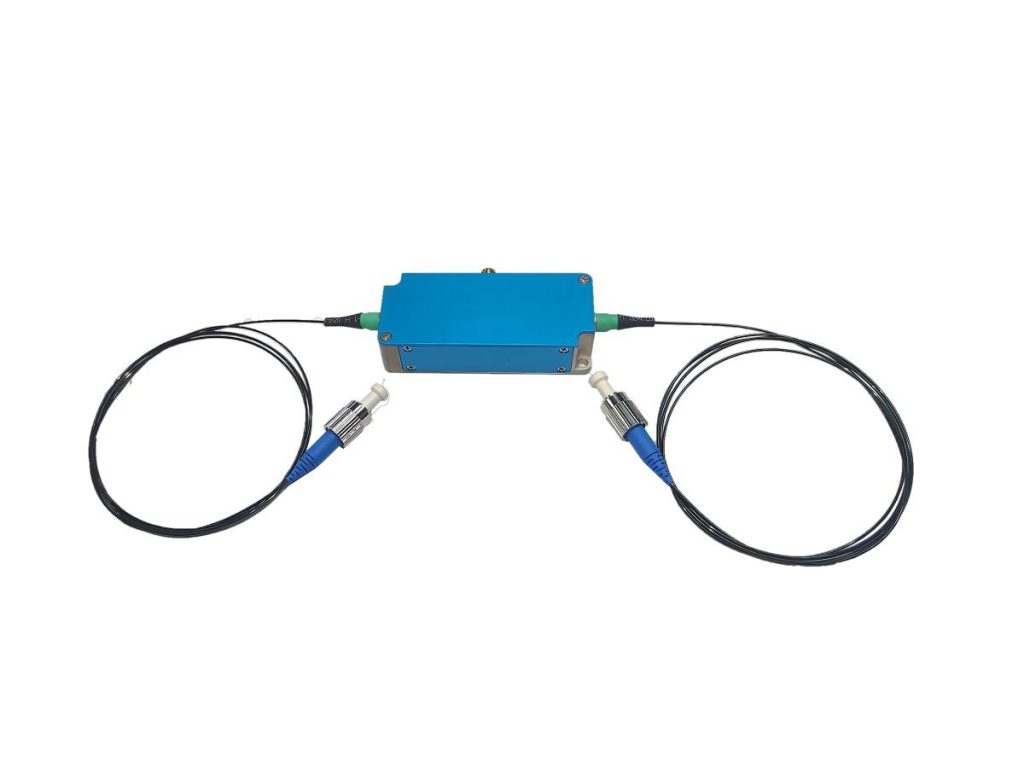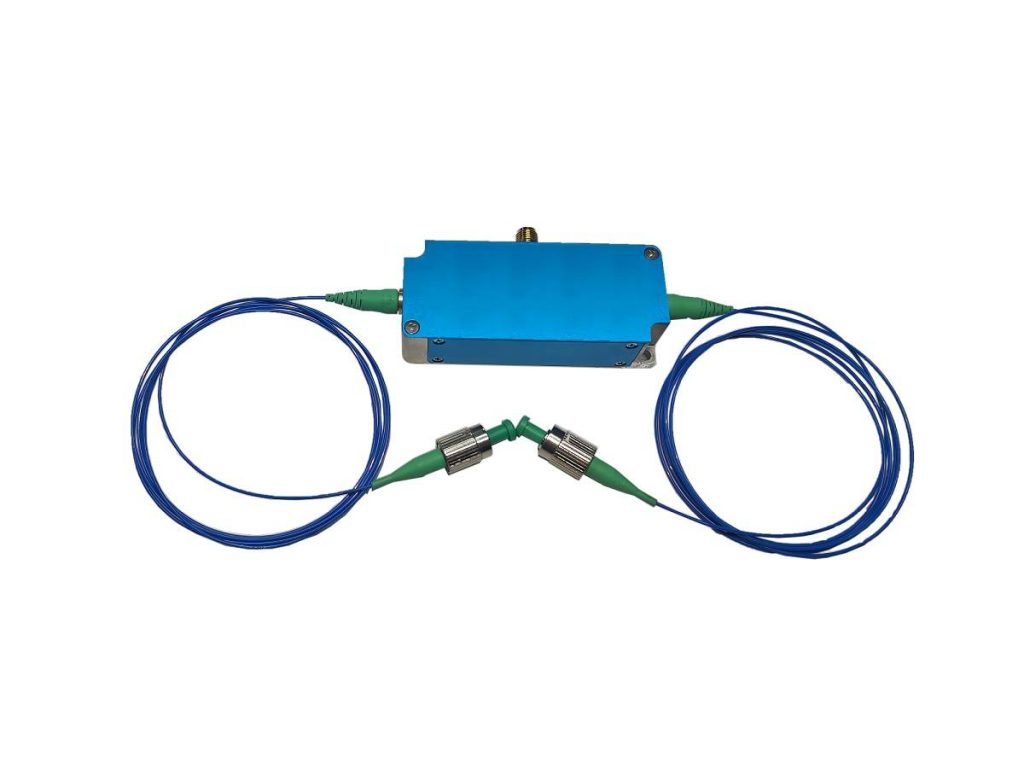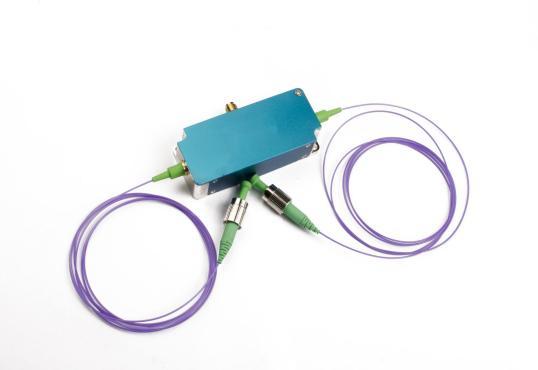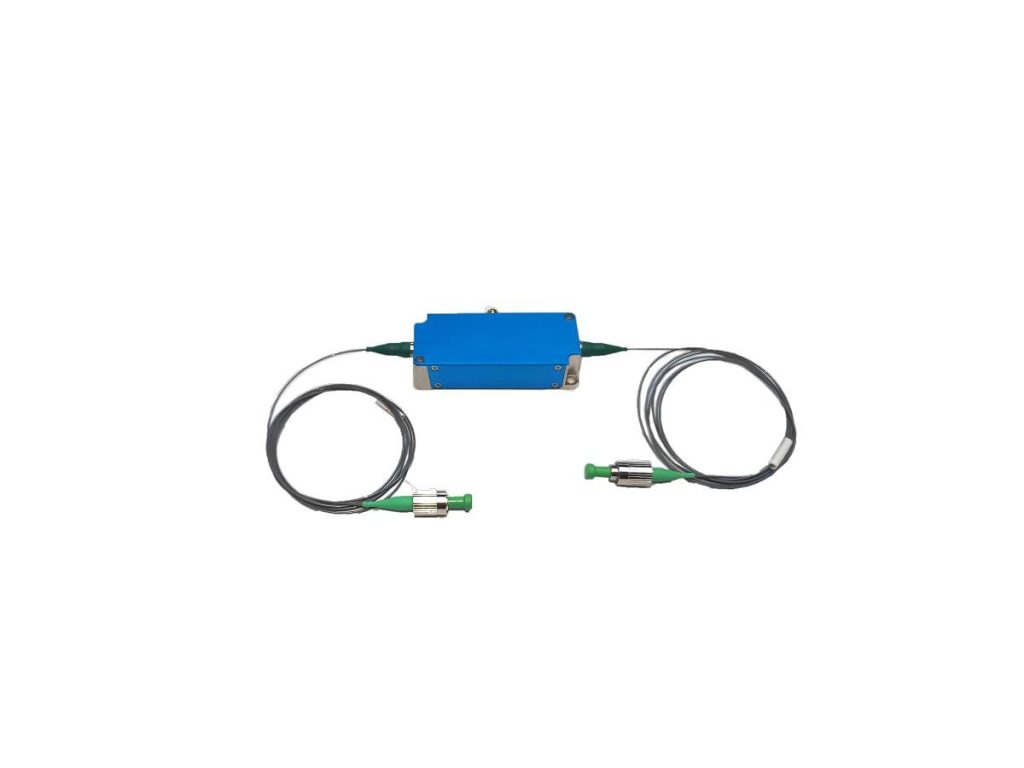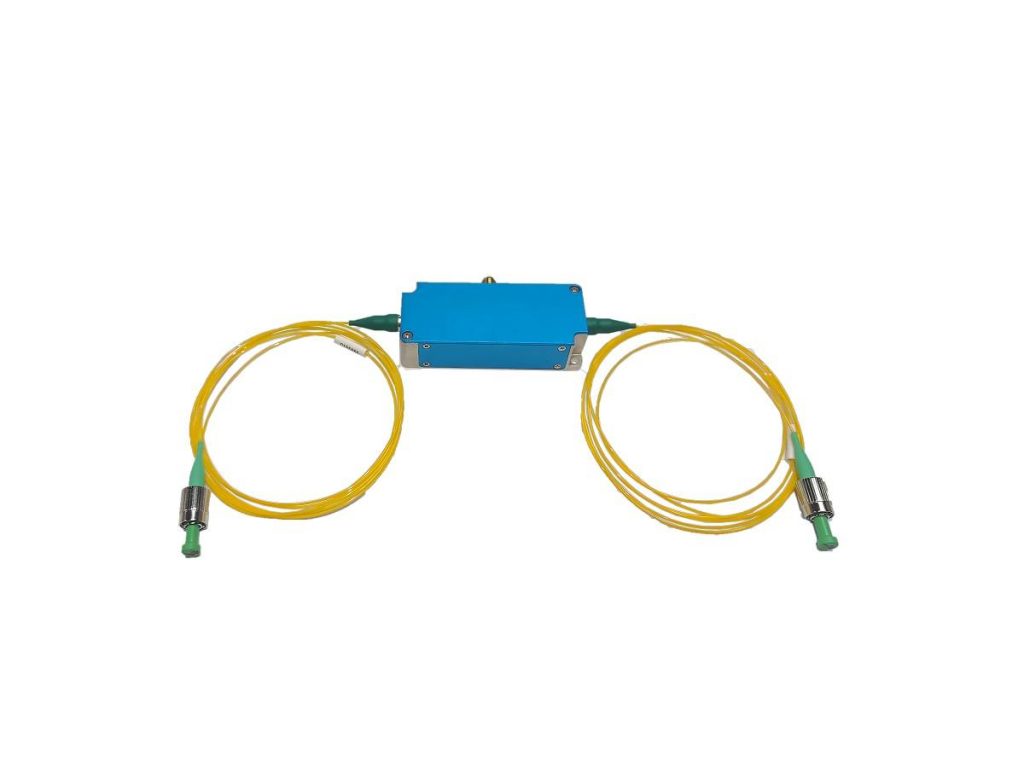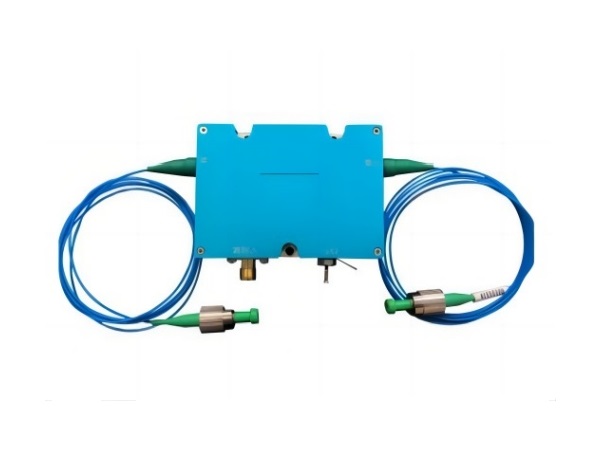Fiber-Coupled AOMs vs Free-Space AOMs: A Comprehensive Comparison
Acousto-optic modulators (AOMs) are crucial components in a wide range of optical systems. They enable precise control over light modulation, playing a vital role in applications such as laser control, frequency shifting, optical communication, and optical signal processing. This article delves into the world of AOMs, specifically focusing on two prominent types: fiber-coupled acousto optic modulators (FCAOMs) and free-space acousto optic modulators (FAOMs). By contrasting their working principles, characteristics, and applications, this article aims to equip readers with the knowledge necessary to select the most suitable AOM for their specific needs.
What is Acousto-Optic Modulation?
Acousto-optic modulation is a technique that utilizes sound waves to manipulate the properties of light. When sound waves propagate through a material, they cause periodic variations in the material’s density. These density variations, in turn, induce corresponding changes in the material’s refractive index, the measure of how light bends as it travels through the material. AOMs exploit this phenomenon to modulate light by directing a focused beam of light through a material concurrently with a controlled sound wave. The sound wave alters the refractive index of the material, thereby affecting the light beam’s propagation characteristics. This allows for precise control over the intensity or frequency of the light beam.
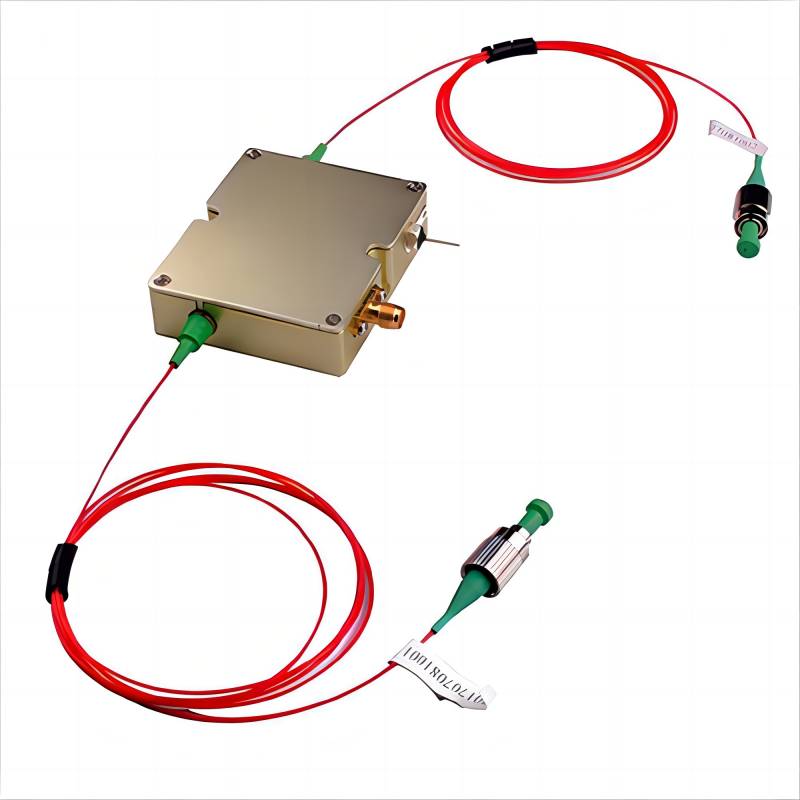
Characteristics of Fiber-Coupled AOMs (FCAOMs)
FCAOMs operate based on the acousto-optic effect. When a high-frequency electrical signal is applied to a piezoelectric transducer within the FCAOM, it generates ultrasonic waves. These ultrasonic waves propagate through a specific material (acousto-optic medium) inside the FCAOM, causing periodic variations in its refractive index. Light traveling through the acousto-optic medium experiences a phase shift due to these refractive index changes. By carefully controlling the frequency and amplitude of the electrical signal driving the transducer, the intensity or frequency of the light beam can be modulated.
One of the primary advantages of FCAOMs is their compact design. The integration of fiber optic technology allows for efficient light coupling into and out of the acousto-optic medium, minimizing overall system size. Additionally, FCAOMs exhibit low insertion loss, signifying minimal attenuation of the light signal as it traverses the device. This is a critical factor for applications where maintaining high optical power is essential. Furthermore, FCAOMs boast high reliability due to the absence of moving parts within the modulator. This translates to long operational lifetimes and minimal maintenance requirements.
Tellurium dioxide (TeO2) is a commonly employed acousto-optic material in FCAOMs due to its favorable acousto-optic properties and broad operational wavelength range. FCAOMs can effectively handle light signals across a wide spectrum, encompassing wavelengths typically used in optical communication systems (e.g., 1064 nm and 1550 nm). Notably, FCAOMs excel at handling high-power laser signals compared to FAOMs, making them suitable for applications involving powerful fiber lasers and amplifiers.
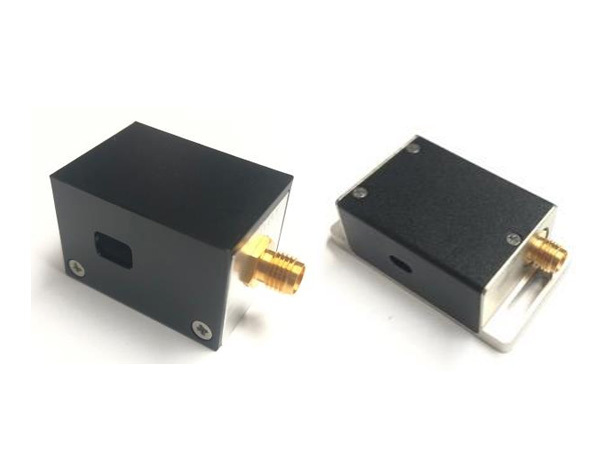
Characteristics of Free-Space AOMs (FAOMs)
In contrast to FCAOMs, FAOMs operate in free space. The light beam to be modulated propagates through an unobstructed region where it interacts with the sound waves generated by the piezoelectric transducer. Similar to FCAOMs, the sound waves induce periodic variations in the refractive index of the medium within the FAOM, causing phase shifts in the light beam. By controlling the driving electrical signal, the light’s intensity or frequency can be modulated.
A defining characteristic of FAOMs is their ability to achieve large beam deflections. Since the light beam interacts with the sound wave over a longer distance in free space compared to an FCAOM, FAOMs can produce significant angular deviations in the light beam. This capability finds application in scenarios requiring beam steering or light deflection, such as laser scanning and optical switching systems.
Another notable feature of FAOMs is their potential for achieving exceptionally high modulation speeds. Under optimal conditions, some FAOMs can modulate light pulses in the sub-nanosecond regime. This ultrafast modulation capability makes FAOMs valuable for applications involving high-speed data transmission and pulse shaping.
However, FAOMs do come with certain drawbacks. Their reliance on free-space beam propagation often translates to larger device footprints compared to FCAOMs. Additionally, FAOMs may require additional optical components to collimate and focus the light beam, which can increase system complexity.
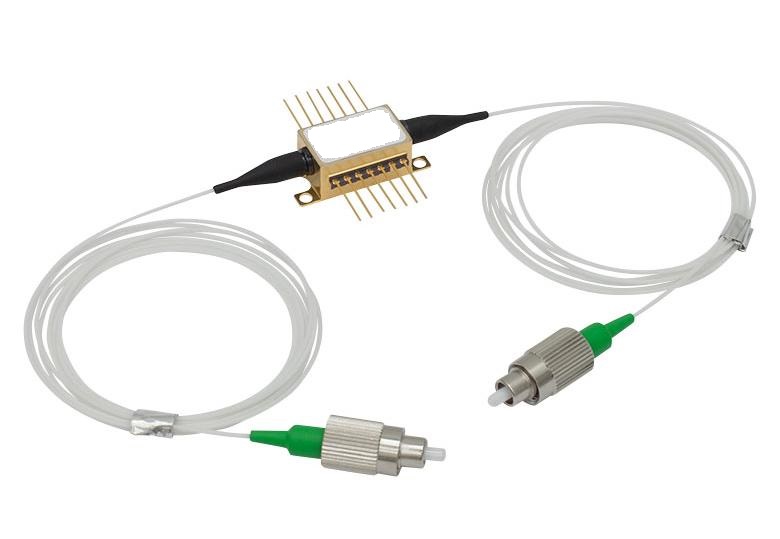
Comparative Analysis of FCAOMs and FAOMs
A table summarizing the key differences between FCAOMs and FAOMs is presented below:
| Parameter | Fiber-Coupled AOM (FCAOM) | Free-Space AOM (FAOM) |
| Modulation Frequency and Bandwidth | Generally lower than FAOMs, but still suitable for most fiber optic communication applications. | Can achieve significantly higher modulation frequencies, reaching into the sub-nanosecond regime for high-speed pulse modulation. Broader bandwidths are also achievable. |
| Size and Weight | Compact and lightweight due to fiber optic integration. | Larger and heavier due to free-space beam propagation and potentially requiring additional collimation optics. |
| Application Range | Ideal for in-line modulation within fiber optic systems due to efficient fiber coupling. Well-suited for applications like fiber lasers, amplifiers, and communication systems. | Favored for applications requiring large beam deflection (beam steering, switching), high modulation speeds (ultrafast pulse shaping), or situations where free-space beam manipulation is advantageous. |
| Modulation Performance | Offers good extinction ratio (ratio of light intensity in “on” and “off” states) and low insertion loss. | Can achieve similar insertion loss values as FCAOMs. |
| Cost and Complexity | Generally lower cost and simpler due to the more compact design and fewer required components. | May have a higher cost due to potentially needing additional collimation optics and a larger overall footprint. |
Selection Guide for Acousto-Optic Modulators
Selecting the most suitable AOM for a specific application hinges on a thorough understanding of the application requirements. Here are some key factors to consider:
- Application Needs: Clearly define the intended purpose of the AOM. Is the focus on in-line modulation within a fiber optic system, or is large beam deflection or high-speed pulse shaping necessary?
- Technical Parameters: Evaluate critical technical specifications of the AOM, including:
- Frequency Response: The range of sound wave frequencies the AOM can effectively respond to.
- Drive Voltage: The voltage required by the piezoelectric transducer to achieve desired modulation levels.
- Acousto-Optic Sensitivity: The measure of the AOM’s response to the applied electrical signal.
- Modulation Bandwidth: The highest frequency that can be modulated by the AOM.
- Distortion Level: The degree of signal distortion introduced by the AOM during modulation.
- Performance Metrics: Consider performance characteristics like:
- Wavelength Range: The range of wavelengths the AOM can operate on, ensuring compatibility with the light source.
- Rise/Fall Time: The time it takes for the light intensity to reach its peak or minimum value, impacting modulation speed.
- Extinction Ratio: The ratio of light intensity in the “on” and “off” states, indicating modulation depth.
- Diffraction Efficiency: The portion of the incident light power diffracted into the desired modulation order.
- Price and Brand Reputation: Balance cost considerations with the reputation and reliability of the AOM manufacturer. Opt for established brands offering quality products and dependable after-sales support.
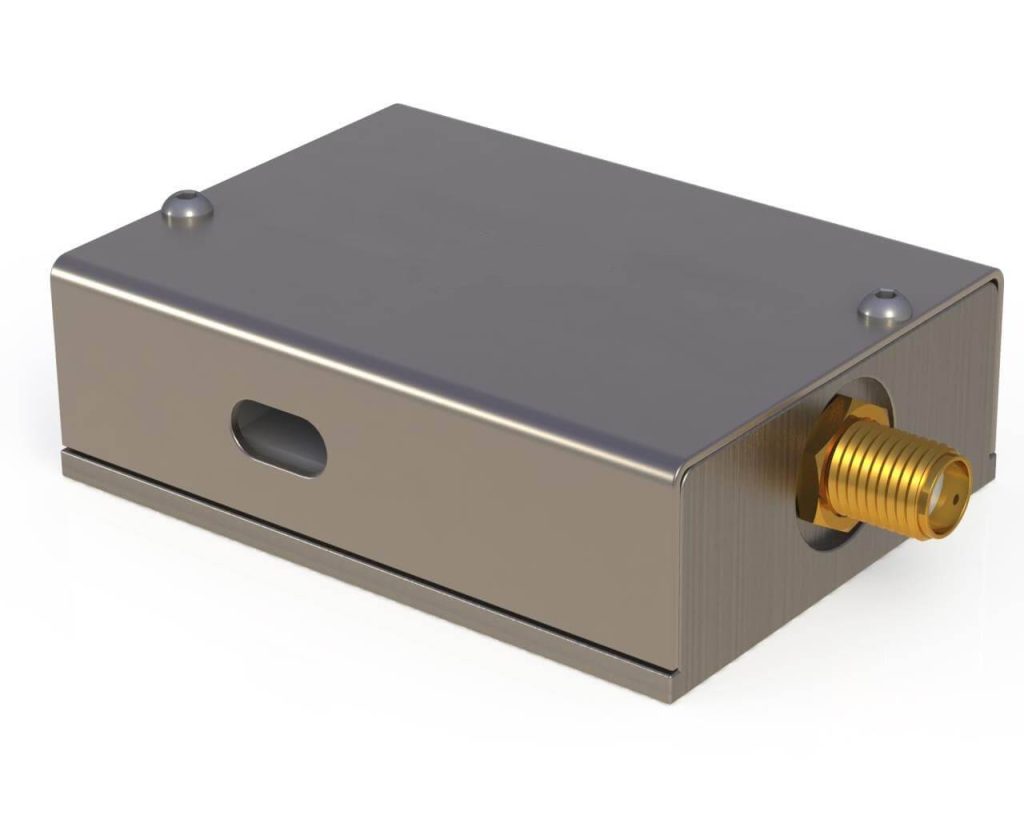
Conclusion
Both FCAOMs and FAOMs offer valuable functionalities for light modulation. FCAOMs excel in compact, fiber-based systems with their efficient coupling and high reliability. FAOMs shine in applications demanding large beam deflections, ultrafast modulation speeds, or free-space beam manipulation. By carefully considering application needs, technical parameters, performance metrics, and cost factors, one can make an informed decision and select the most suitable AOM type for optimal performance in their specific optical system. As AOM technology continues to evolve, advancements in material science and design are expected to further enhance modulation capabilities, pushing the boundaries of speed, efficiency, and functionality in future optical applications.
Are you seeking high-performance AOM solutions? Chongqing Smart Science & Technology Development Co. Ltd. offers a comprehensive range of both FCAOMs and FAOMs. Their products cater to diverse applications and boast exceptional specifications. Consider exploring their offerings to find the ideal AOM for your specific needs. Please Visit our website and contact us for more details.

